
It’s not just an attractive advertising demographic that Facebook is losing as teens take their mercurial attention elsewhere in a sullen search of what’s cool. Facebook sans the cool kids may well be taking a substantial knock to the accuracy of its data, too.
A study of Facebook use among 16-to-18-year-olds in eight EU countries recently concluded that Facebook is “dead and buried” to teens, who have migrated to rival platforms like Instagram (itself owned by Facebook, of course), Snapchat and Twitter. Who is on Facebook? Parents.
Case in point: my 70-year-old mother is on Facebook (how she came to sign up is a telling tale in itself*). On her Facebook profile she deliberately has only a handful of friends — being as she’s not accustomed to the concept of sharing digital information with large groups of people. So instead of the hundreds of ‘friends’ younger Facebook users (used to) typically amass, she has around 10 connections on the service.
Now, as a general rule, the more data a service has on its users, the more data points it holds to triangulate to improve the accuracy of the information it holds. (Even factoring in those Facebook users who accept friend requests from random strangers — big data can be filtered; small data is riddled with holes and lacks a large enough sample size to accurately patch its gaps). So little wonder that the data Facebook holds on my mum is spectacularly wrong.
Based on the handful of friends she does have on the service, Facebook auto-filled the following fields: her current location, her (former) school, and her workplace. Or presumably that’s how it filled in those data fields. Because all that triangulated information was wrong (I’ve since deleted it for her, but the point stands: Facebook had associated incorrect information with her profile).
Facebook’s guess-work in auto-filling those fields seems to be attached to the few connections she does have on the service. For example, the school it listed her as having attended is the school one of her Facebook connections went to; and the location it said she can be found at is the location where another of her connections lives, and so on.
It may be that Facebook deliberately fills in such profile fields (via ‘best guess’) to encourage users to correct inaccurate data and thus socially engineers them to work for it on burnishing its data banks.
Or it may be that Facebook’s interface encourages people to confirm certain data points as they go along — such as where they live or went to school — and my mum simply didn’t notice that the suggested answers were so off the mark (and thus mistakenly confirmed Facebook’s algorithmic assumptions). Either way, she didn’t notice the info was inaccurate so it was left there to mislead (until I removed it and left those fields blank).
Facebook also, of course, made all her data public by default (my mum obviously had no idea it had done this) — which resulted in her receiving an unsolicited message from a spammer. She did see this, and became unnerved by this “stalker,” as she termed him. The result? She mistrusts Facebook even more than she already did. And is now even less inclined to voluntarily feed it with information. “Can I sue them?” she asked, when told the default Facebook data privacy setting had been public.
The only data she said she had filled in herself — ergo, the only accurate data on display on her profile — was her name, email and birth date. Plus a profile photo she had been encouraged to upload by her Facebook friends.
A single Facebook user that has been sketched inaccurately by the data inputted into a handful of data fields doesn’t amount to much. But if the proportion of active Facebook users is becoming skewed towards demographics that are less likely to amass huge friend bases on the service, and also less likely to voluntarily feed accurate info into Facebook’s data banks (either because they don’t trust it or don’t notice it’s wrong) then it seems likely that the quality of the data Facebook holds on its user-base is being diluted.
And that in turn paints Facebook as a less attractive proposition for advertisers: with less accurate user data in its databanks, and less attractive ad demographics comprising its (less) active user-base. Bottom line: less relevant targeted marketing and advertising leading to fewer money-making clicks.
While Facebook gets user data from other external sources, too — via its Facebook Login program, for instance, that allows it to stick its fingers in other developers’ pies — if Facebook as a brand has become toxic with teens, developers developing cool new services aren’t going to be falling over themselves to associate their shiny new thing with the digital equivalent of dad dancing. So it’s in with ‘sign up via email’ and out with ‘log in with Facebook’.
Teens are the most exciting demographic not merely because they are so lucrative from an advertiser point of view, but because they are such energetic users. When teens like something they obsess over it. They get their friends to obsess over it. They become addicts and advocates. Teen usage burns very bright indeed. And then they take that energy on to the next new new thing. Making it all the more chilly, for a business, when the cool kids move on.
Senior Facebook users obviously aren’t going to have the same usage pattern as teens. Not even close. And that changes what Facebook is now — and what it can become in future.
For me, and I am admittedly a rather atypical Facebook user (not to mention well north of the teen demographic), this long-in-the-tooth social network has felt like a very middle of the road service for years — a place where I almost never post anything, and which I check only occasionally to see friends’ wedding/new baby photos. As an information portal/photo-swapping site it can sometimes be mildly diverting or mildly entertaining or mildly useful. It’s rarely any more compelling than that. Twitter is where the really interesting information and interactions live IMO. From a data point of view, Twitter feels far more alive than Facebook.
No wonder Zuckerberg wants to connect fresh billions of Internet ingénues to his social network by targeting developing countries. In new markets he again has the chance of tapping into caches of teens who haven’t had a chance to get disenchanted with Facebook yet. Who can be sold on a ‘cool new service for keeping up with friends’ — being as it’s one their mums and dads haven’t heard of yet. And who can inject Facebook with the vitality of obsessive usage data again.
Except, even in those untapped markets Facebook has its work cut out to get users engaged because emerging economies are going mobile first. And many such countries have been keen adopters of social mobile messaging rivals that are already eating Facebook’s lunch elsewhere. Whether it’s WhatsApp or Weixin or Snapchat or even BBM. Mobile messaging — with its more bounded and intimate form of social networking, that allows teens to go off and do their own thing away from the parents — is where the kids are obsessing now.
And where the kids go, the adults eventually tend to follow (if only to check up on them).
So a Facebook that pesters pensioners for personal information needs to take serious stock of what its overreaching behaviour has wrought. And accept that its days as the digital Breakfast Club — where cool kids come together and come of age — are gone. Facebook’s future belongs to the mainstream and the middle aged. You could say it’s the new Yahoo — albeit one that lacks a shiny new Marissa Mayer-esque figurehead to rally the troops right now. (Zuckerberg and his perma-hoodie feel about as fresh as an old-school uniform.)
As Facebook approaches its 10th birthday, it’s time to take stock, to leave the wild parties to Snapchat and its ilk. Time to stop trying to clone cool. And consider what this massively mainstream service can knit from the fuzzier threads of data that a more established, less excitable user-base is going to give it. Or it can splash serious cash on trying to buy cool – and careen off in search of a premature mid-life crisis.
*My mother signed up for Facebook because of the pester-power of its spam advertising which uses direct appeals from people you know to emotionally blackmail you (via email) to sign up. So you could argue that Facebook sewed the seeds of its own demise among the hyper sensitive teenage group by failing to respect the subtle inter-generational boundaries that delineate essential social spaces that separate adults from their offspring. Spaces that allow teens to go off and start creating adult identities of their own.
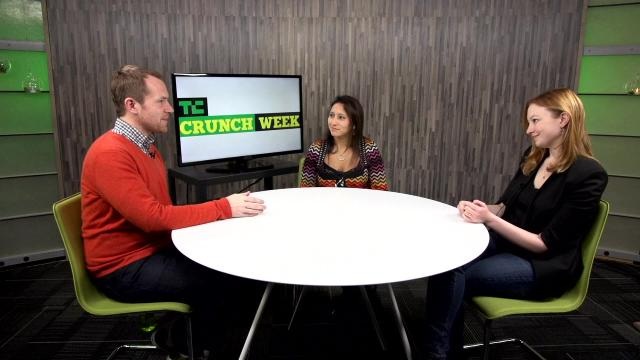






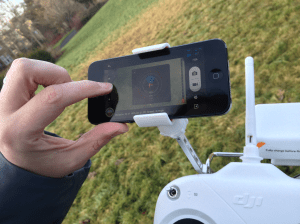



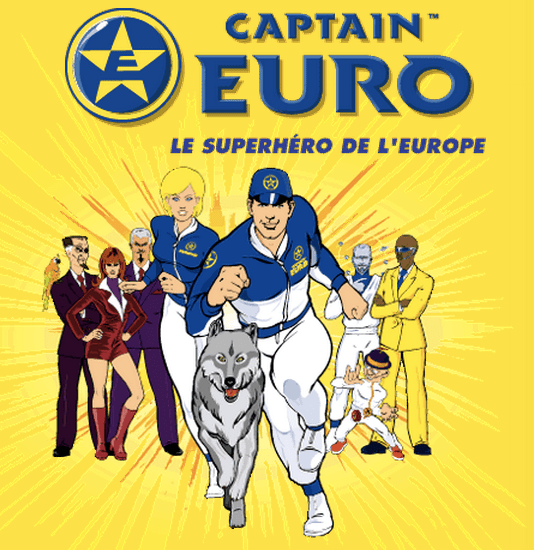
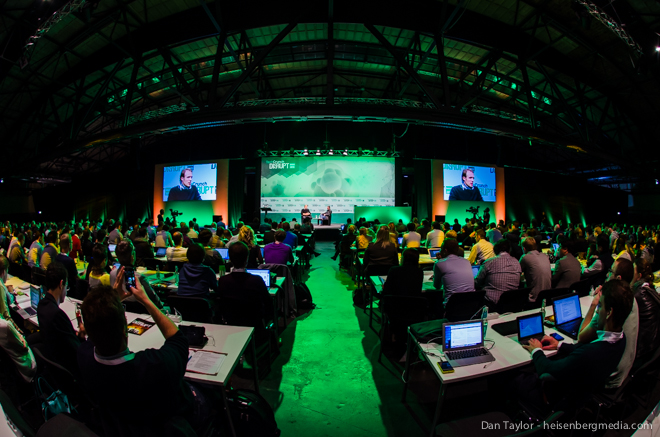





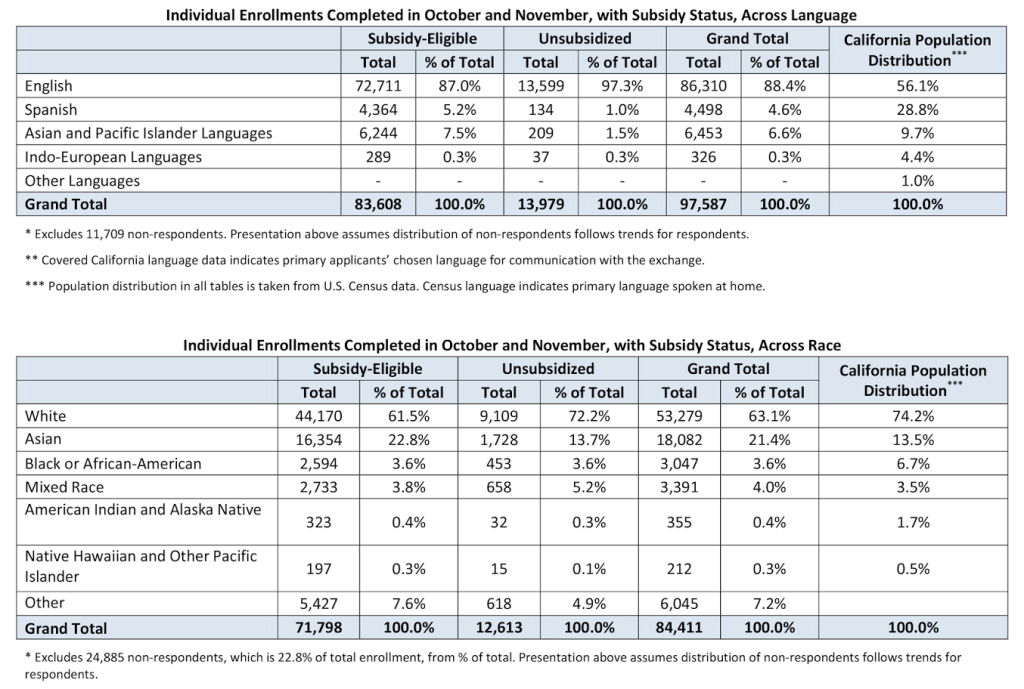 To date, startups and entrepreneurs have dealt with the health insurance issue in a few different ways. Some have purchased individual plans, which for women may not have included maternity care in the event of a pregnancy (post-Obamacare, some of these individual plans may become
To date, startups and entrepreneurs have dealt with the health insurance issue in a few different ways. Some have purchased individual plans, which for women may not have included maternity care in the event of a pregnancy (post-Obamacare, some of these individual plans may become 


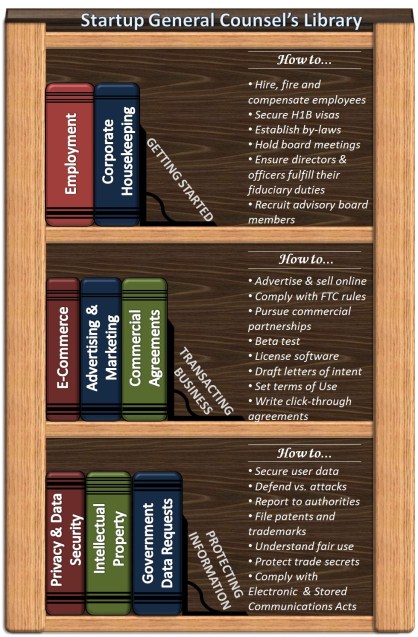 Why Do Startups Hire Their Own Lawyers? “Lawyers are not engineers. They don’t reliably produce products on a daily basis, but instead provide a strategic, long-term value proposition focused on smart growth and risk-management,” explained one Startup General Counsel (GC).
Why Do Startups Hire Their Own Lawyers? “Lawyers are not engineers. They don’t reliably produce products on a daily basis, but instead provide a strategic, long-term value proposition focused on smart growth and risk-management,” explained one Startup General Counsel (GC).
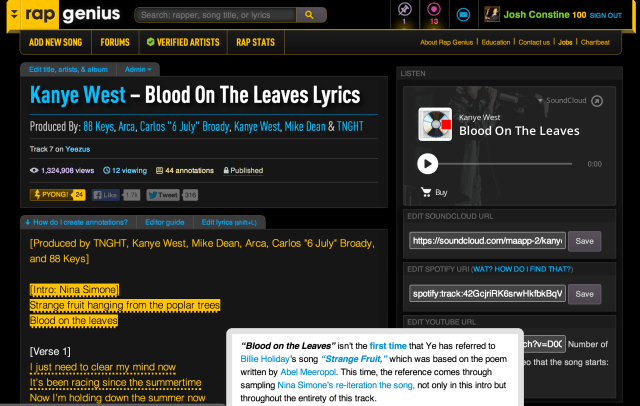
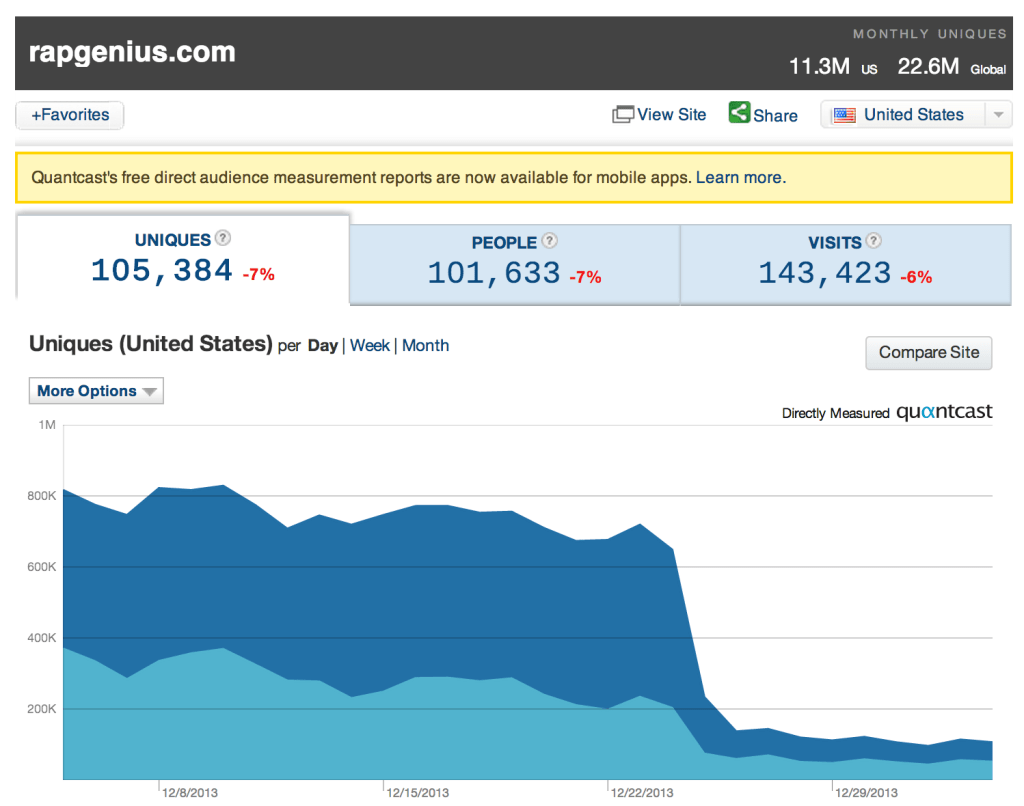
 In a move that demonstrates why a bunch of rowdy Yale guys prone to telling tech luminaries like Mark Zuckerberg to fellate them got $15 million from Andreessen, Rap Genius detailed how it built a highly efficient, parellelized scraper. With tools like Nokogiri, Typhoeus, Heroku, and some serious hacking, it created a scraper that found all the links in just 15 minutes. The code snippets the technical details included in the post are surely an attempt to raise Rap Genius’ status amongst engineers it might try to hire.
In a move that demonstrates why a bunch of rowdy Yale guys prone to telling tech luminaries like Mark Zuckerberg to fellate them got $15 million from Andreessen, Rap Genius detailed how it built a highly efficient, parellelized scraper. With tools like Nokogiri, Typhoeus, Heroku, and some serious hacking, it created a scraper that found all the links in just 15 minutes. The code snippets the technical details included in the post are surely an attempt to raise Rap Genius’ status amongst engineers it might try to hire.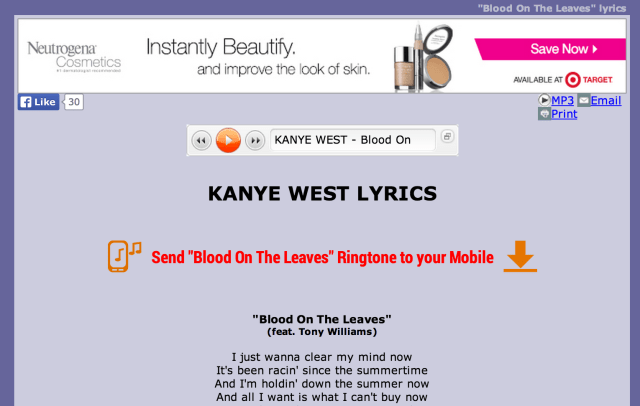


 “First we studied the fast discrete cosine transform (DCT) algorithms…We then extended some of that research to create a new algorithm that’s a good fit for the ARM NEON SIMD co-processor instruction set architecture. The final implementation comprises nearly 10,000 lines of hand-tuned assembly code, and over 20,000 lines of low-level C code. (In comparison, the SnappyCam app comprises almost 50,000 lines of Objective C code.)
“First we studied the fast discrete cosine transform (DCT) algorithms…We then extended some of that research to create a new algorithm that’s a good fit for the ARM NEON SIMD co-processor instruction set architecture. The final implementation comprises nearly 10,000 lines of hand-tuned assembly code, and over 20,000 lines of low-level C code. (In comparison, the SnappyCam app comprises almost 50,000 lines of Objective C code.)